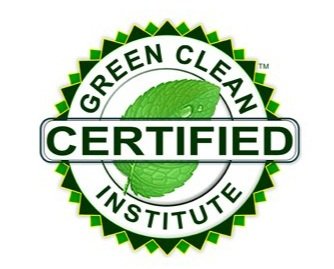Chemical Sensitivity at Work: Surviving in a "Toxic Soup"
Women are two to five times more vulnerable to chemical pollution in the workplace than men. But men are experiencing chemical sensitivities more. All groups tend to develop some chemical sensitivities as they get older. This is likely because years of exposure to toxins and pollutants have worn down the strong immune system they once had a young people.
We now live in a world of plastics, pollutants, heavy metals, pesticides, solvents, and something called volatile organic compounds (VOCs) that are constantly in the air, what we touch, eat, drink, and breathe. There seems no way to escape the threat. But we can work at reducing the obvious sources of everyday pollution.
If you remember the day when everyone could smoke in a building, or the office? After thirty years, we learned that even second-hand smoke was killing people in the same home or building who never smoked at all. That is the most glaring example of how toxic and polluted air can harm your health, shorten your life, and make you more vulnerable to chronic diseases later in life.
Today, the office or workplace has other latent toxic problems. This happens because we bring hundreds of toxic products into the building every year, and they may cycle in the building for years. This is called “BioLoad” or “BioAccumulation” meaning it builds into higher and higher levels of concentration. And, there is no exempt buildings because even new buildings are constructed from materials with heavy metals, formaldehyde, and odd chemical additives.
Older buildings are likely worse because they have decades of pollutants, toxins, mold, and contaminated dust. The answer to this issue should be a diligent cleaning service that is trained and aware of the common issues that harm the workers in the building.
That’s a sad myth in most cases. Cleaning services bring in gallons of chemical products every week, apply pesticides, use powerful chemicals to strip and finish floors, and resort to cheap cleaning products that produce VOCs. Most cleaning services have one mission, which is to “Clean for Appearance” and only do token service to deliver a healthy building for the day workers.
It is time that we question the credibility of a Green cleaning service. In most cases, the Green cleaning is superficial. A few token Green products on the cart does not make a service Green. The more important step is to require that all workers are trained and certified by an independent organization that isn’t selling products with their own fake certification.
The Green Clean Institute has been an industry standard for twenty years, does not sell cleaning products, and owns a highly respected federal trademark.
